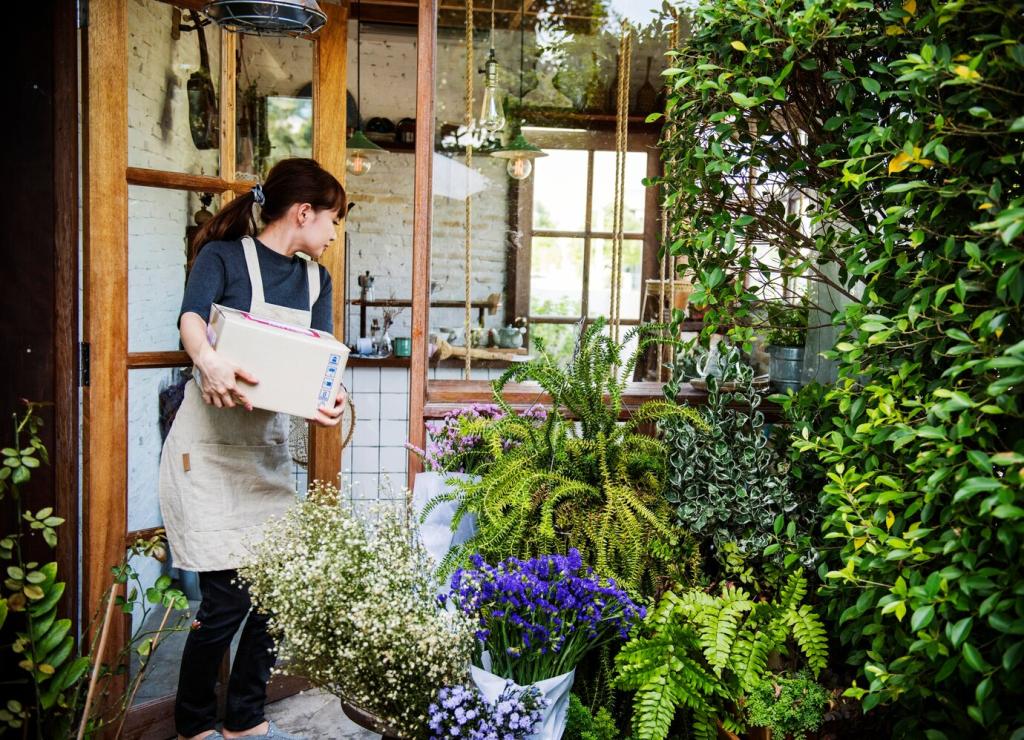Stories from the Pathway: Neighborly Blooms
A forgotten tuber became three plants and then a plot-wide exchange. We now trade colors each August, labeling with handwritten tags. Watching those dahlias open feels like reading a shared diary—petals carrying memories from one fence to another, across friendly, cheerful rows.
Stories from the Pathway: Neighborly Blooms
We planted a sunflower corridor and measured growth every Saturday. Children guessed heights, painted faces on seed heads, and wrote tiny signposts. When goldfinches arrived, curiosity bloomed too. Flowers became teachers, and the garden turned into a classroom sprinkled with pollen and laughter.






